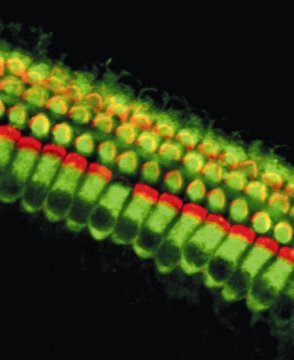If you’re one of the 95 million US adults with a total cholesterol level higher than 200 mg/dL, you might be wondering what measures you can take to lower your cholesterol.
Medication isn’t right for everybody, and making changes to your lifestyle, such as eating a heart-healthy diet and getting regular exercise, may be more important for you. Here’s what you need to know.
The best ways to lower cholesterol
According to Steven Reisman, MD, a cardiologist and director of the New York Cardiac Diagnostic Center, the best way to lower cholesterol is with lifestyle modification through diet and exercise.
Reducing saturated and trans fats, while introducing soluble fiber and healthier fats, is key to adopting a heart-healthy diet. As far as exercise, aim for at least 30 minutes of aerobic activity five times each week — walking, biking, jogging, or exercise classes should work.
If you’re a smoker, giving up the habit can also get your numbers under control. That’s because smoking lowers HDL, which is considered good cholesterol. You’ll want higher levels of HDL to remove LDL from the arteries, which is considered bad cholesterol.
Foods to eat to lower cholesterol
To lower LDL cholesterol, Reisman says to reduce your consumption of saturated fats, such as red meat and full-fat dairy products. You’ll also want to minimize trans fat and partially hydrogenated oil in your diet, especially fried foods.
The next step is to eat foods that are considered heart-healthy. “Foods with monounsaturated fats are beneficial because they can decrease bad cholesterol (LDL) and increase good cholesterol (HDL),” says Reisman. Foods with monounsaturated fats include:
- Avocados
- Nuts like almonds, cashews, and pecans
- Cooking with canola, olive, or peanut oil
Including polyunsaturated fats may also reduce the risk of heart disease and help lower your LDL cholesterol, says Reisman. Look for foods that contain an important type of polyunsaturated fat — omega-3 fatty acids. These include:
- Walnuts
- Sunflower seeds
- Fish like salmon, herring, and tuna
Finally, Reisman says soluble fiber can also reduce LDL cholesterol. Some of the best foods to eat for added soluble fiber are:
- Whole grains and oats
- Beans and lentils
- Apples, pears, and peas
How long it takes to reduce cholesterol levels
Sasan Massachi, MD, a primary care physician specializing in internal medicine, says that patients are typically advised to adopt a lifestyle modification program for three months, focusing on a healthier diet and regular exercise. This is followed up with cholesterol tests after three months to gauge results.
“If patients reduce their cholesterol adequately and are not in any danger of cardiovascular diseases, and they commit to maintaining a healthy diet and exercise regimen, we have them follow up in three to six months for additional cholesterol tests,” he says.
Overall, how quickly you can reduce cholesterol will depend on your total cholesterol level, your family history, any pre-existing health conditions like diabetes, and the type of diet and exercise program.
If your levels are already closer to a healthy range, and you don’t have any pre-existing conditions, it may take less time.
When a doctor will recommend medication
“For some patients who don’t respond well to lifestyle changes, it is necessary to take medication,” says Massachi. This may include those with a family history of high cholesterol and those who also have cardiovascular diseases or diabetes.
In these cases, Massachi says taking cholesterol medication can lower your cholesterol levels, and also help manage other pre-existing conditions. You should talk with your doctor if you think this might be the right option for you.
[“source=insider”]




















